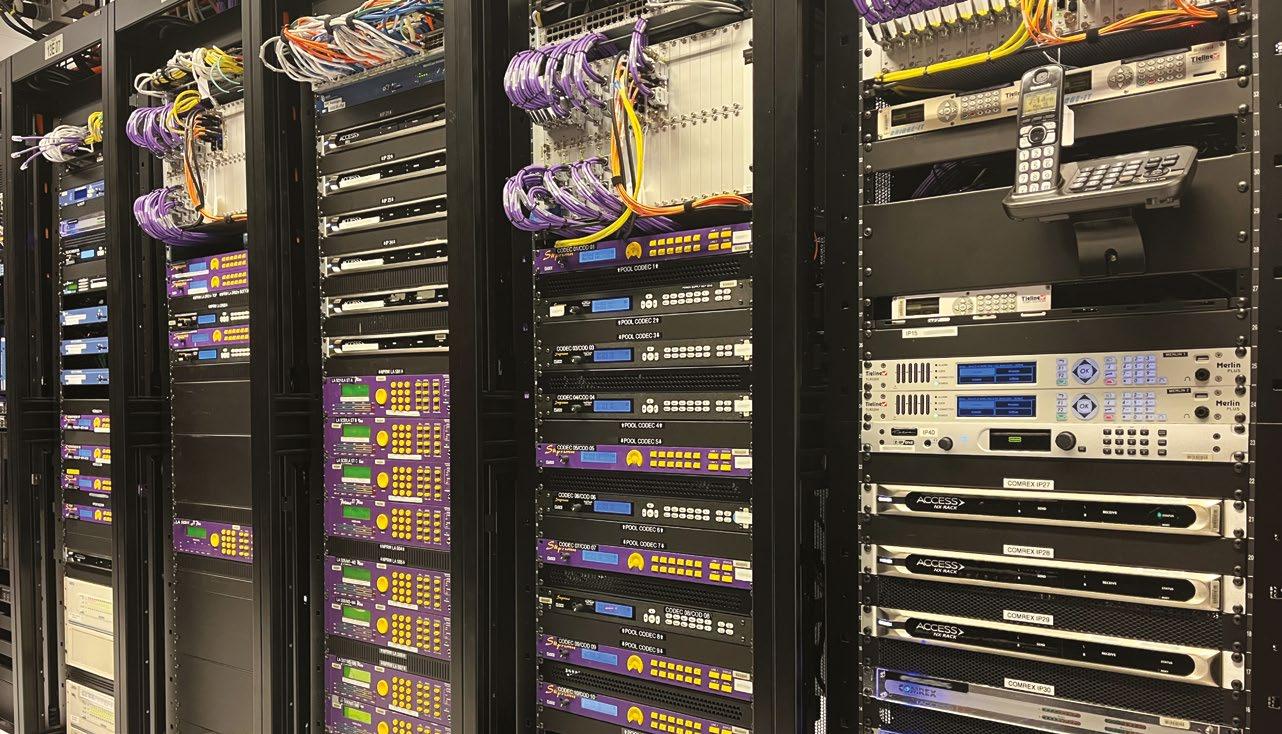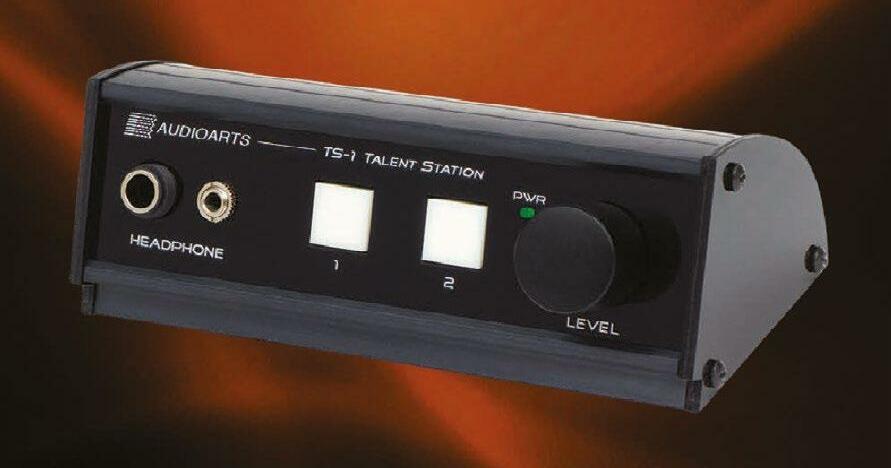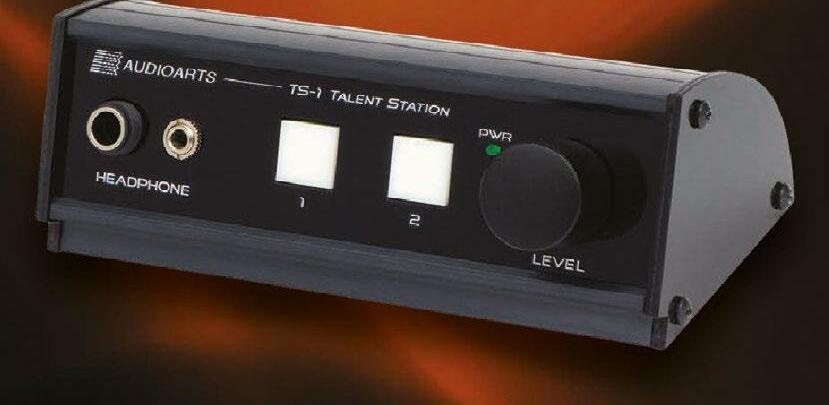
1 minute read
WFH is part of life at NPR, too
WFH is part of life at NPR, too N
PR is one of the most recognizable news brands in the United States. In the Radio World ebook “Remote Contribution,” Audio Engineer Natasha Branch took our questions; here’s one. Read our interview with Branch and NPR Technical Director of Master Control Michael Cullen in the ebook, which you can find at radioworld.com/ebooks.
What is NPR’s primary forms of remote contribution and how do you accomplish them?
Natasha Branch: Before the onset of the pandemic, our remote contributors were overwhelmingly correspondents or guests on location. But over the past couple of years, most of our newsmagazine hosts and newscast anchors have worked almost exclusively from home.
Several of them have returned to NPR headquarters for broadcasts [as of May 2022], but many of them continue to use IP audio codecs to connect to our studios for preproduction and live shows.
Meanwhile, our correspondents are using a combination of IP audio codec hardware, AoIP mobile applications and fixed fiber paths for remote connectivity. We have also seen
Above
NPR pool codecs. “NPR has purchased IP audio codecs from multiple vendors. We can connect natively with most remote users.” a massive increase in the use of consumer applications, including FaceTime, Zoom and WhatsApp, to reach domestic and international guests.
Though we have moved almost entirely away from ISDN, I should mention we still occasionally use it to accommodate contributors at NPR Member Stations and other public and private institutions.











